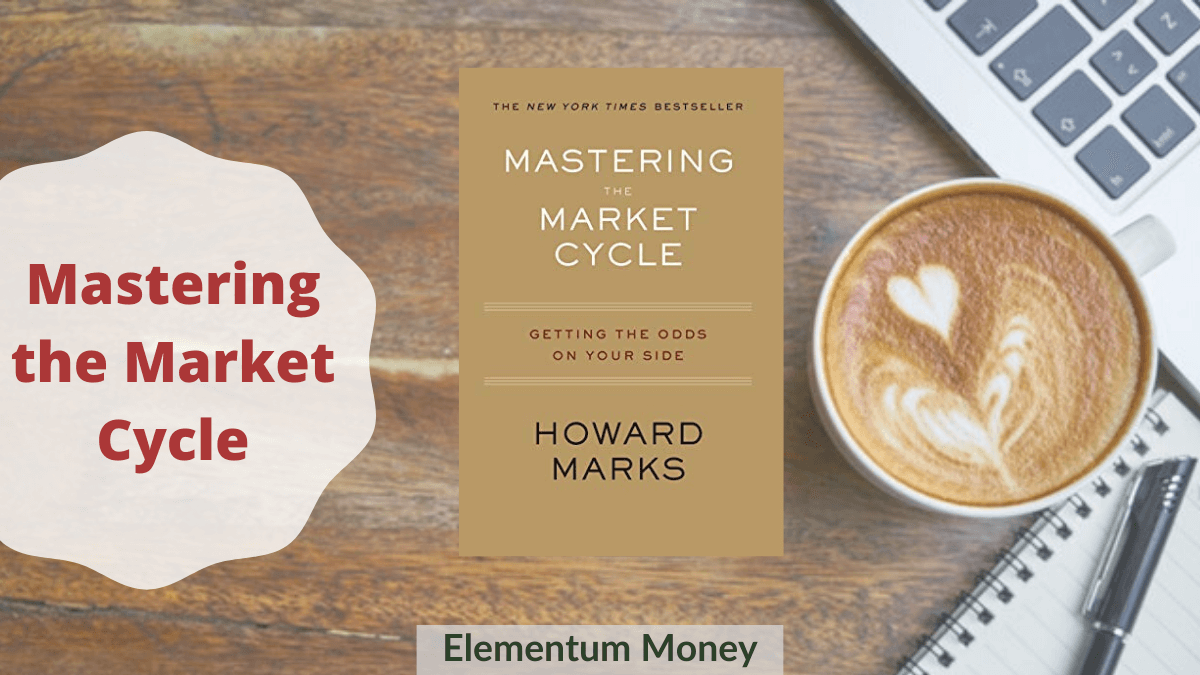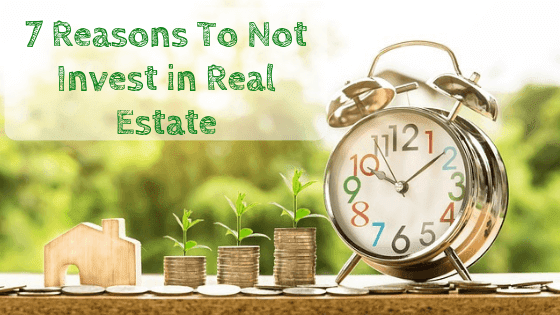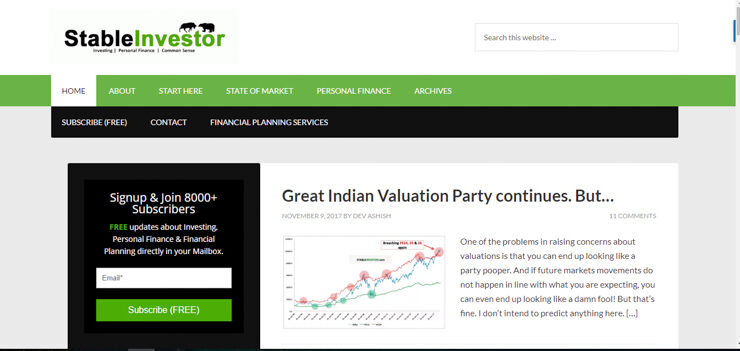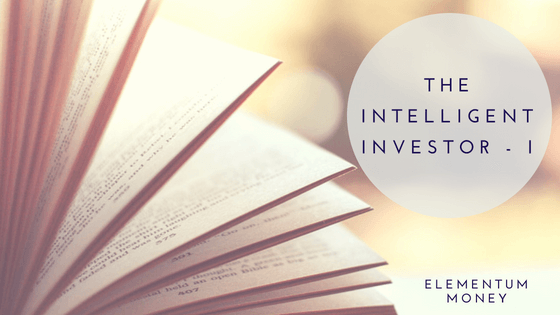In the last few days, most investors have one singular question on their minds. Have the markets lost it? Here we are facing the worst global crisis to hit the last few generations. Before we even begin to emerge out of it, the markets seem to have gone up, up and away. In that environment, reading Howard Marks’ book about Mastering the Market Cycle seemed like a natural step.
Who is Howard Marks?
Howard Marks is a well-known American investor and writer, often spoken of in the same breath as Warren Buffet. Howard Marks, along with a few others, founded and manages assets invested under Oaktree Capital Management. It is an alternate investment company which invests in distressed debt. When I think of India, we definitely have some way before distressed debt can become a viable asset class. Exhibit A, the recent Franklin fiasco on the back of lower rated papers becoming highly illiquid,
While this is not his first book, Marks is best known amongst investors for the memos that he sends his clients and which are also published on the Oaktree website. All his memos are topical and give a good analysis of what he witnesses in the current market scenario. For instance, there is now one fresh off the press talking about the discrepancy we see in the US markets of depressing fundamentals and booming equity market indices. In the left sidebar, check out the archive going back to 1990 when those were probably snailmailed to their clients. As an analysis of market fundamentals, his views are of immense value to every long term investor.
Main idea behind the book
As you can imagine from the book title, the crux is to make sure the reader understands that markets operate in cycles. Markets fall and rise, giving a median return over a long period, rarely remaining at that point, much like a pendulum. A prudent investor is one who changes his actions with the market movement considering what the odds point to. Though editing could have been better, it is a valuable read to mentally prepare as a long term investor. After all, economies witness and experience similar cycles.
Simply put, Horward Marks mentions the following objective for the book:
If we pay attention to cycles, we can come out ahead. If we study past cycles, understand their origins and import, and keep alert for the next one, we don’t have to reinvent the wheel in order to understand every investment environment anew. And we have less of a chance of being blindsided by events. We can master these recurring patterns for our betterment.
– Mastering Market Cycles, Howard Marks
Once we understand the cycles, we tend to infer more from the current happenings. This can help calibrate our own portfolios to the right mix of aggressiveness or defensiveness. More aggressive when the markets are depressed and pessimism envelops the air. While being more defensive when markets have been buoyant with exuberance all around.
Some key features of market cycles
1. Each extreme triggers off movement in the opposite direction
Oxford Dictionary defines a cycle as “a series of events that are regularly repeated in the same order”. Within market cycles, each extreme, upside or downside triggers balancing out and movement in the opposite direction. Sometimes it may need an external trigger and sometimes nothing exogenous is even required.
2. History rhymes, rather than repeats itself
Wouldn’t it be easier if mastering market cycles meant just remembering the past ones and completely mimicking them? Alas, if only life itself were that easy! While all cycles might share a few stark commonalities, each one comes with a wrapping unique to them that is good enough to mislead most investors. As Marks puts it,
Thus, everything else being equal, the bigger the boom—and the greater the excesses of the capital markets in the upward direction—the greater the bust. Timing and extent are never predictable, but the occurrence of cycles is the closest thing I know to inevitable.
– Mastering Market Cycles, Howard Marks
3. Investor memory is pretty short lived
This, perhaps, is one of the most important feature of market cycles. If investors end up remembering the previous cycle, chances are they will all act homogeneously. As a class, they may even try to be vigilant enough to not let the same thing occur again. In that case, markets will be nice and stable and we will live happily ever after. However, the most dangerous yet most oft repeated four words of folly in investing are – “This time it’s different”. For most investors, the emotions of fear or greed tend to take over to make them think and utter these words.
Major players in market cycles
1. Government
Today, most of us following the markets are aware of just what a big role governments and central governments play. Ideally, they try to moderate the market when they feel it is tending to one extreme, up or down. In a way, they are shepherds trying to get the market to go back towards the median.
This role enhancement started during the Great Depression, when John Maynard Keynes theorized about the role governments and central banks could play. Today, the two in tandem use two main tools – monetary and fiscal policy. They can tweak interest rates, taxation, infrastructure spending and debt to GDP ratio, all of which have a cascading effect on almost all aspects of the economy.
2. Corporates
There are two aspects to corporates when it comes to market cycles. One, the degree of impact of economic cycles on business performance varies with the type of industry the company is operating in. These are often differentiated by being secular or cyclical. Secular companies or sectors are not much impacted as those are in the area of basic needs. For instance, we do not stop spending on things like toiletries or groceries and neither can we delay those spends. On the other hand, we do try to save more in uncertain environments like today and delay discretionary spends like buying a new car. Cyclical sectors then include those where the performance swings with economic cycles.
Another important aspect is the degree of financial leverage that a company has. In stressed times, interest payments eat into the challenged profit figures making them look worse than what they otherwise would. No wonder, a company being cash rich is a big boon during times like these.
3. Investor Psychology
Before I really got deeper into this field, in my mind it was a simple equation of finance equals numbers. But, gradually, I realized the role of emotions, human biases and the psychology leading to specific actions. In the book, Marks pretty much shows how psychology seems to have a heavier weight in market movements. He talks about a lot of different variations in the two extremes – fear and greed, excessive caution and irrational exuberance, credulousness and skepticism.
Good times cause people to become more optimistic, jettison their caution, and settle for skimpy risk premiums on risky investments. Further, since they are less pessimistic and less alarmed, they tend to lose interest in the safer end of the risk/return continuum. This combination of elements makes the prices of risky assets rise relative to safer assets. Thus it shouldn’t come as a surprise that more unwise investments are made in good times than in bad.
– Mastering Market Cycles, Howard Marks
Just as risk tolerance is unlimited at the top, it is non-existent at the bottom. This negativity causes prices to fall to levels from which losses are highly unlikely and gains could be enormous. But the sting of the prior declines tends to increase risk aversion and send investors to the sidelines just as prices (and thus risk) are at their lowest.
– Mastering Market Cycles, Howard Marks
4. Credit cycle
This was an interesting part for me. Marks talks about how the movements and swings in credit cycles can happen quite abruptly.
In short, whereas economies fluctuate a little and profits a fair bit, the credit window opens wide and then slams shut . . . thus the title of this memo. I believe the credit cycle is the most volatile of the cycles and has the greatest impact.
– Mastering Market Cycles, Howard Marks
This factor called for a lengthy analysis of the Great Financial Crisis of 2007-08, since that is almost a text book example of credit cycles. Good times is equal to throwing caution to the wind is equal to lax credit checks is equal to bad quality lending is equal to triggering off a down ward trend. That is when the credit window slams shut instantly and everyone draws up their purse strings tight.
This is when Marks has experienced and transacted on some of the best bargains for Oaktree considering it is a distressed debt management firm. As he put it, they look for good companies with bad balance sheets. While lending becomes difficult in this period, the risk premium becomes pretty attractive simultaneously. Gradually, over times things improve, sentiment swings to positive again, touches median, keeps shooting higher and people forget risk. Repeat.
While I have known about market cycles probably since economics was introduced in school, some parts of the book were fairly enlightening. My main grouse with it though was that I found it fairly repetitive, especially when it came to talking about investors psychology and it’s role in cycles.
In some ways, I also think I had a very naïve, unrealistic expectations of getting a silver bullet to knowing what phase of the market cycle we are in. I expected some sort of magic formula of maybe a level of P/E or an interest rate to inflation spread. But, as I read the book, I realized that those things are barely possible.
As an investor, all you can do is read, stay aware, keep your ears to the ground and take your call to calibrate the portfolio as you assess and see fit. The book merely helps you to understand and infer those events and their place in cycles better.
Have you read the book? Are you able to identify market cycles? What do you make of this one? Let me know in the comments below.





Leave a Reply